According to the research team, household and production waste is not only an environmental burden but also a valuable resource if properly treated.
Currently, most of the solid waste after recycling still has to be buried, causing soil and water pollution, greenhouse gas emissions (CH₄, CO₂) and wasting resources. Meanwhile, biomass energy is assessed to have great potential, ranking fourth after coal, oil and gas. If converted into syngas fuel to produce electricity, the amount of CO₂ emitted will be absorbed by trees, contributing to carbon balance instead of creating CH₄ - a greenhouse gas 20 times stronger.

Overall diagram of hybrid solar-wind-biomass renewable energy system.
The project's special feature is the waste-electricity module integrated into the hybrid renewable energy system (HRES), combining solar power, wind power, biomass and green hydrogen production technology. In which, hard-to-decompose waste is compressed into RDF fuel pellets to be gasified into syngas, while easily decomposable organic waste is used to produce biogas. These two types of gas, after being cleaned, are mixed with hydrogen produced from water electrolysis using renewable energy sources. This flexible fuel mixture is fed into an improved internal combustion engine to generate electricity, and can be directly connected to the grid.
HOMER software analysis shows that the combined waste-to-electric module with hydrogen production is as economically efficient as the module without hydrogen production, but reduces CO₂ emissions more. The hydrogen produced can also be used as a clean fuel for motorbikes - a popular vehicle in rural areas. In particular, motorbikes using hydrogen fuel cells have greenhouse gas emissions of only 15% compared to battery electric vehicles, while also having the advantage of fast refueling time and long operating range.
To overcome the technical limitations of biomass, the research team proposed many solutions: compressing waste into RDF pellets to increase the energy density by 10 times, using oxygen-rich air to double the calorific value of syngas, applying new H₂S filter materials from bentonite and regenerated zeolite to extend the engine's life. In addition, the traditional stationary engine has been modified with an electronically controlled dual-nozzle system, allowing flexible use of the syngas - biogas - hydrogen mixture.
Another noteworthy research direction is the combination of hydrogen with biofuel. When hydrogen is added, the technical problems of biofuel with high ethanol content (corrosion, difficulty starting at low temperatures, reduced travel distance) are significantly improved, supporting the roadmap to increase the proportion of E10, E20 in the future.
The research results open up the possibility of wide application: From small electricity production modules serving households and cooperatives, to hybrid renewable energy systems combining green hydrogen production for rural communities; from improving existing engines to manufacturing hydrogen-biofuel motorbikes, moving towards hydrogen fuel cell motorbikes.
The topic not only has scientific significance but also practical value, as it contributes to waste treatment, reduces greenhouse gas emissions, saves fossil energy, and at the same time creates momentum for the renewable energy industry in Vietnam. In the context that the Government has announced a roadmap to stop fossil fuel vehicles from 2040, the work of Professor Bui Van Ga's group is expected to be an effective solution, contributing to realizing the Net Zero commitment by 2050.
Source: https://mst.gov.vn/bien-rac-thanh-nang-luong-sach-giai-phap-cong-nghe-cho-nong-thon-phat-trien-ben-vung-197251120081322798.htm


![[Photo] Lam Dong: Panoramic view of Lien Khuong waterfall rolling like never before](/_next/image?url=https%3A%2F%2Fvphoto.vietnam.vn%2Fthumb%2F1200x675%2Fvietnam%2Fresource%2FIMAGE%2F2025%2F11%2F20%2F1763633331783_lk7-jpg.webp&w=3840&q=75)



![[Photo] President Luong Cuong receives President of the Senate of the Czech Republic Milos Vystrcil](/_next/image?url=https%3A%2F%2Fvphoto.vietnam.vn%2Fthumb%2F1200x675%2Fvietnam%2Fresource%2FIMAGE%2F2025%2F11%2F20%2F1763629737266_ndo_br_1-jpg.webp&w=3840&q=75)
![[Photo] National Assembly Chairman Tran Thanh Man holds talks with South Korean National Assembly Chairman Woo Won Shik](/_next/image?url=https%3A%2F%2Fvphoto.vietnam.vn%2Fthumb%2F1200x675%2Fvietnam%2Fresource%2FIMAGE%2F2025%2F11%2F20%2F1763629724919_hq-5175-jpg.webp&w=3840&q=75)







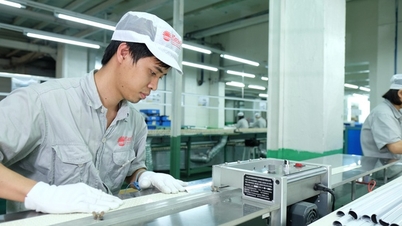




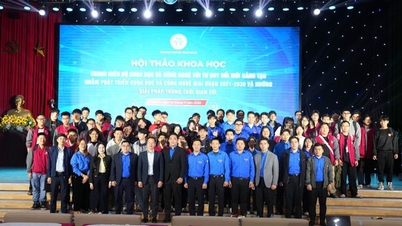




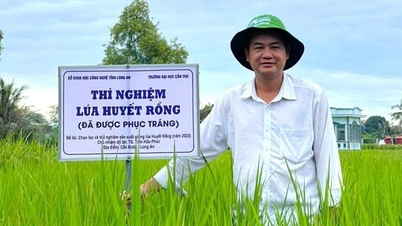
















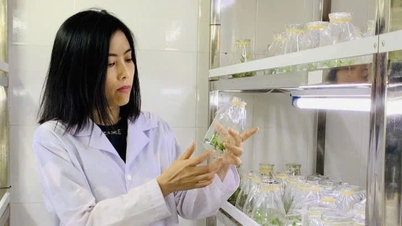

























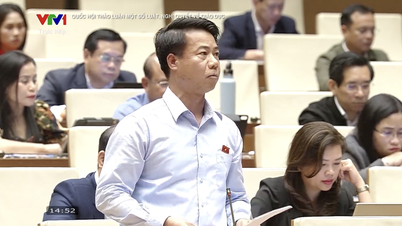





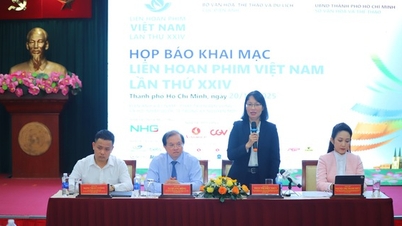


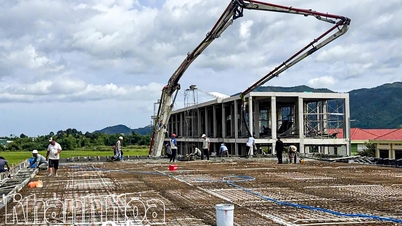


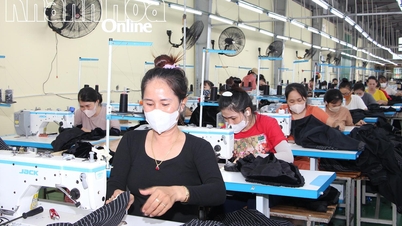



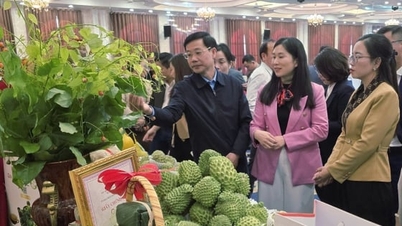











Comment (0)